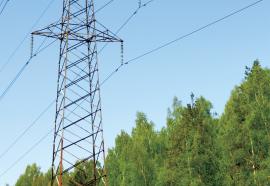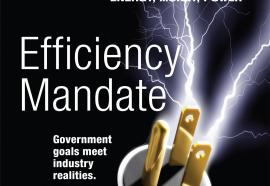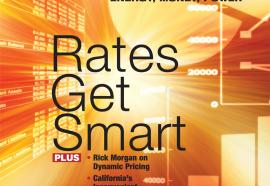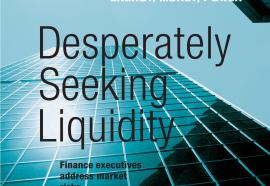Dealing with Asymmetric Risk
Improving performance through graduated conditional ROE incentives.
Unlike the majority of performance-based regulation plans, alternative design paradigms require less data, by instead allowing firms to reveal performance potential. In an asymmetric environment, regulators don’t have needed information, but that can be overcome with better models and incentives.











